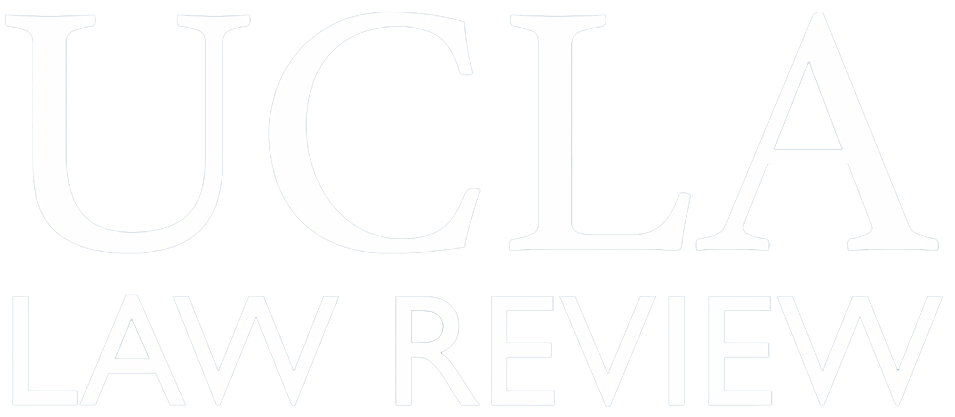Abstract
Judicial and carceral systems increasingly use criminal risk assessment algorithms to make decisions that affect individual freedoms. While the accuracy, fairness, and legality of these algorithms have come under scrutiny, their tangible impact on the American justice system remains almost completely unexplored. To fill this gap, we investigate the effect of the Correctional Offender Management Profiling for Alternative Sanctions (COMPAS) algorithm on judges’ decisions to mandate confinement as part of criminal sentences in Broward County, Florida. Our study compiles a novel dataset of over ten thousand court records from periods before and after the implementation of COMPAS in Broward County and uses it to build a Directed Acyclic Graph (DAG) model of the confinement decision-making process. Our approach aims to reveal potential associations between the use of COMPAS and incarceration. We find that the many individuals deemed low risk by COMPAS are much less likely to be confined than were comparable individuals before COMPAS was in use, and similarly, individuals deemed high risk are much more likely to be confined than before. Overall, the impact of COMPAS scores on sentencing decisions is a reduced rate of confinement for both Black and white individuals. However, a racial bias exists within the COMPAS scores, as they are based on historical data that mirrors pre-existing racial inequities. While the overall rate of incarceration decreases, the difference in scores exacerbates the difference in confinement between racial groups, thereby deepening racial disparity. Insofar as criminal risk algorithms can aid decarceration, policymakers and judges alike should be mindful of the potential for increased racial inequity.
